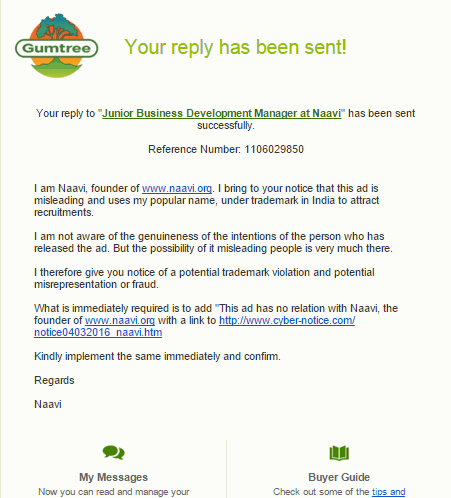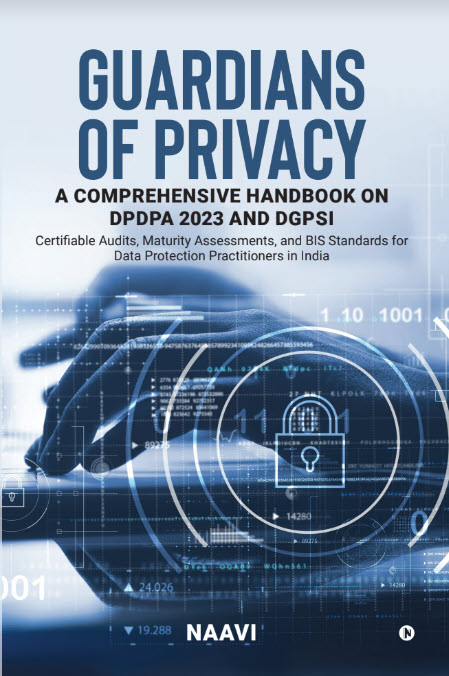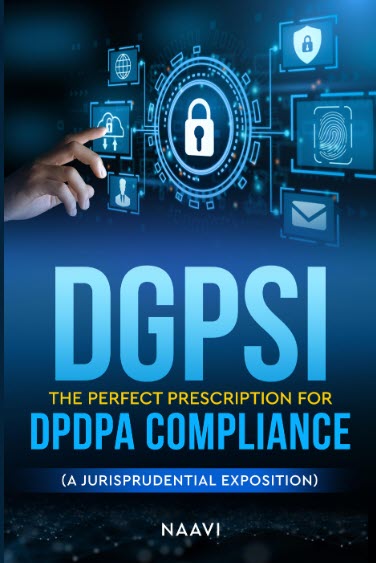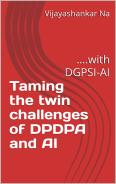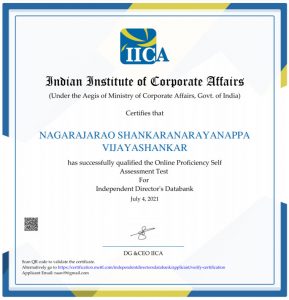While we are frequently discussing the sophisticated Digital Crimes, some times it is the simple crimes that pose a challenge to the system. One example of this is the report that appeared today in TOI about the busting of a “Cheque Cloning” gang in UP.
According to the report, a gang of five persons were involved in a fraud involving encashment of forgery of bank cheques. The modus operandi appears too complicated in this era of digital crimes and set to fail, but it also exposes the vulnerability of the Banking systems to simple frauds.
According to information in the press, the gang first tried to get a photograph of cheques issued by companies by loitering around in the Bank premises, then duplicated the cheque by chemically altering the number and forging the signature by tracing the signature. They also called the Bank and obtained the balances in the account giving some details such as the “last payment made”.
It appears that they used the cheque leaves issued to themselves while opening the account and created the forged cheques by altering the Cheque Number. They also encashed the same as account payee cheques.
As an Ex-Banker, I feel that the Bankers involved here were naive enough not to be able to detect the chemical alterations and not recognize forged signatures. They were also guilty of revealing the balance in the account to an unauthorized persons.
There were also negligence in the collecting bank where the fraudulent cheques were encashed and withdrawn.
I suppose the customers have been provided immediate credit of the fraudulent withdrawals without banks raising any objections about customer negligence.
While the Police will take care of prosecuting the fraudsters, we need to take a look at the systems that might have enabled commission of this fraud.
Presently, Banks are following the “Truncated Cheques” system of clearance where the paying bank does not receive and verify the cheque. It receives only a digital copy of the cheque forwarded by the collecting bank. The Collecting Bank is therefore responsible for recognizing the material alterations which they have failed to do. The paying bank is however responsible for the non recognition of forgery in the signature.
Again just as the “Truncation” conceals the chemical alterations, the Banker’s verification of signature using only a digital image of the signature is also a reason why finer aspects of forgery cannot be detected.
Hence part of the problem can be attributed to the use of digital images in replacement of the physical cheques in the processing.
Another problem could be the over dependence of the staff on the computerised processing where the arithmetical accuracy overrides the verification of the genuinity of the transaction and passing of cheques becomes a routine that is handled by the systems with the human being reduced to pressing a few computer buttons.
Since digitization of banking is irrevocable, we need to only discuss how to mitigate the risks of using digital images in replacement of physical instruments for payment. This requires a change of mindset in the bank employees of the current generation who are born into an era of digitization and are unaware of the risks associated with the physical instruments particularly when a “physical instrument is used in a digital state”.
It would be interesting to see how the Bankers would respond to this “Cheque Cloning” fraud.
Naavi



